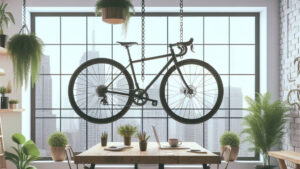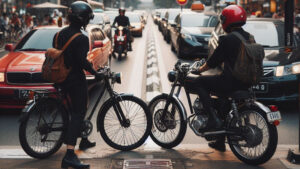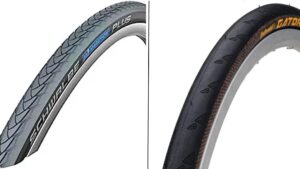Keep Your Ride Safe: How To Lock A Bike
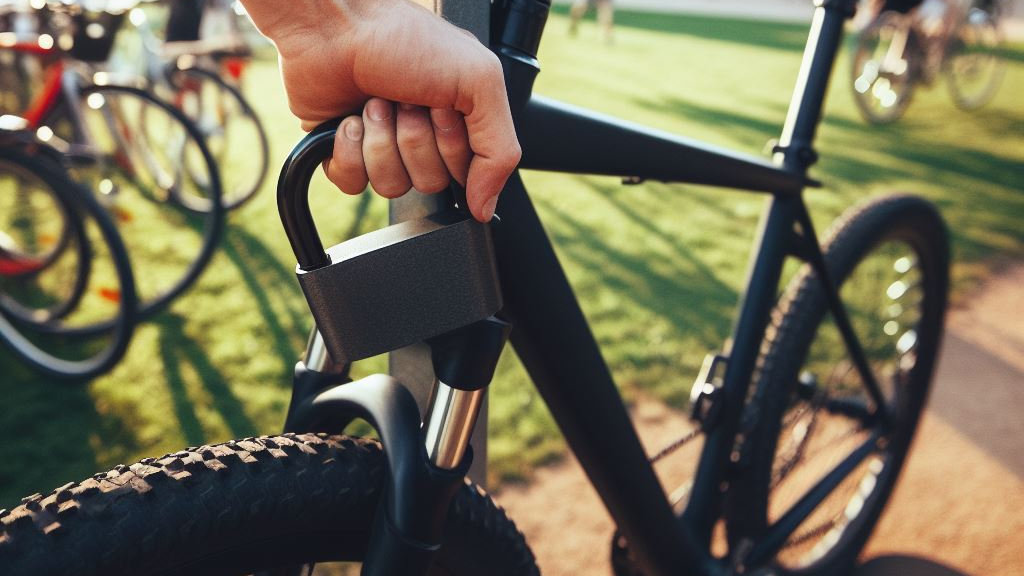
Cycling enthusiasts, learn how to safeguard your bike with expert tips on locking techniques, locks, and additional security measures.
*This article may contain affiliate links which help to support this site*
Every bike owner knows the thrill of two-wheel adventures, but along with the joy of cycling comes the responsibility of safeguarding your prized possession. Bike theft is an unfortunate reality, and without proper precautions, your beloved ride could disappear in the blink of an eye. That’s why mastering the art of bike locking is not just a skill; it’s a necessity.
In this guide, we will delve into the world of bike security, equipping you with the knowledge and techniques necessary to keep your bicycle safe and sound. From choosing the right lock to mastering the art of securing your bike in various scenarios, we’ve got you covered. So, if you’ve ever worried about your bike’s safety while parked outside a cafe or locked up at home, read on. By the end of this article, you’ll be well-prepared to protect your ride and enjoy your cycling adventures worry-free!
Types Of Bike Locks
When it comes to securing your bicycle, choosing the right lock is your first line of defense against theft. There are several types of bike locks available, each with its own set of advantages and disadvantages. Mainly though, it comes down to two types of styles, U-locks and Cable Locks. Understanding these options is crucial for making an informed decision:
1) U-Locks: These locks, also known as D-locks, are highly popular due to their robust construction. They consist of a hardened steel shackle in a U or D shape, making it challenging for thieves to break. U-locks are compact and portable, fitting easily around your bike’s frame and wheel.
2) Cable Locks: Cable locks are lightweight and flexible, making them convenient for securing your bike to various objects. They are typically composed of steel cables coated in plastic, providing a balance between security and portability. However, they are more vulnerable to cutting than U-locks.
Choosing The Right Lock
Selecting the right bike lock is a critical decision that directly impacts the security of your bicycle. To make an informed choice, consider the following factors:
1) Location: Where do you typically park your bike? High-crime areas may require a more robust lock. In low-risk areas, you might get by with a lighter lock.
2) Bike Value: The value of your bike is a significant determinant. A high-end bike should be protected with a stronger lock, while a less expensive one may not require as much security.
3) Lock Certification: Look for locks that meet industry standards for security. Some locks are certified by organizations like Sold Secure or ART, providing assurance of their effectiveness.
4) Material and Durability: Opt for locks made from hardened steel, which is resistant to cutting and sawing. A durable lock will withstand the test of time and attempted thefts.
5) Size and Weight: Consider the lock’s size and weight. While heavier locks tend to be more secure, they can be cumbersome to carry. Strike a balance between security and convenience based on your needs.
6) Key or Combination: Decide whether you prefer a traditional key lock or a combination lock. Combination locks eliminate the risk of losing keys but can be less convenient if you forget the code.
7) Additional Features: Some locks come with extra features like anti-pick mechanisms, double-locking mechanisms, or anti-drill protection. These features can add an extra layer of security.
8) Budget: Determine your budget for a bike lock. Remember that investing in a high-quality lock is a worthwhile expense to protect your bike.
9) User Reviews: Read user reviews and seek recommendations from fellow cyclists or local bike shops to get insights into the performance of specific locks in real-world scenarios.
Once you’ve assessed these factors, you’ll be better equipped to choose the lock that suits your needs. Remember that no lock is entirely foolproof, but using the right one in the right way can significantly reduce the risk of theft. In the next section, we’ll delve into the practical aspects of using your chosen lock effectively to secure your bike.
Locking Techniques
Now that you’ve selected the right bike lock, it’s essential to understand how to use it effectively. Proper locking techniques can make all the difference in keeping your bike safe. Here’s a step-by-step guide to locking your bike securely:
1) Find a Secure Anchor Point: Look for a sturdy object to which you can secure your bike. This could be a designated bike rack, a metal post, or a solid structure like a lamppost. Ensure that the anchor point is immovable.
2) Secure the Frame and Wheel: Start by passing the lock through the bike’s frame and one of the wheels. Securing the frame is crucial because it’s typically the most valuable part of the bike. If you have a U-lock, position it around the seat tube and rear wheel.
3) Utilize Secondary Locks: If you have a secondary lock, use it to secure the other wheel or any removable parts like the front wheel or saddle. This additional step makes it even more challenging for thieves to make off with your bike.
4) Keep the Lock Low: When securing your bike, position the lock as close to the ground as possible. This minimizes the amount of space within the lock, making it harder for thieves to insert tools and break it.
5) Fill the Lock: If you’re using a U-lock or chain lock, fill as much of the lock’s shackle or chain as possible. The tighter the fit, the more secure your bike will be.
6) Position the Keyhole Wisely: When locking with a key-operated lock, make sure the keyhole faces down. This makes it difficult for potential thieves to access it and tamper with the lock.
7) Double-Check Your Locking: Before leaving your bike, double-check that the lock is properly engaged and that there’s no slack in the chain or cable. Give it a firm tug to ensure it’s secure.
8) Record Serial Numbers: Take note of your bike’s serial number and keep it in a safe place. This information can be helpful in case of theft and recovery.
9) Choose a Visible Location: Whenever possible, lock your bike in a well-lit, busy area. Thieves are less likely to attempt theft in places with high visibility.
By following these locking techniques, you significantly reduce the chances of your bike being stolen. Remember that the goal is to make your bike less appealing to potential thieves and more challenging to steal. In the next section, we’ll explore additional security measures and accessories that can further enhance your bike’s safety.
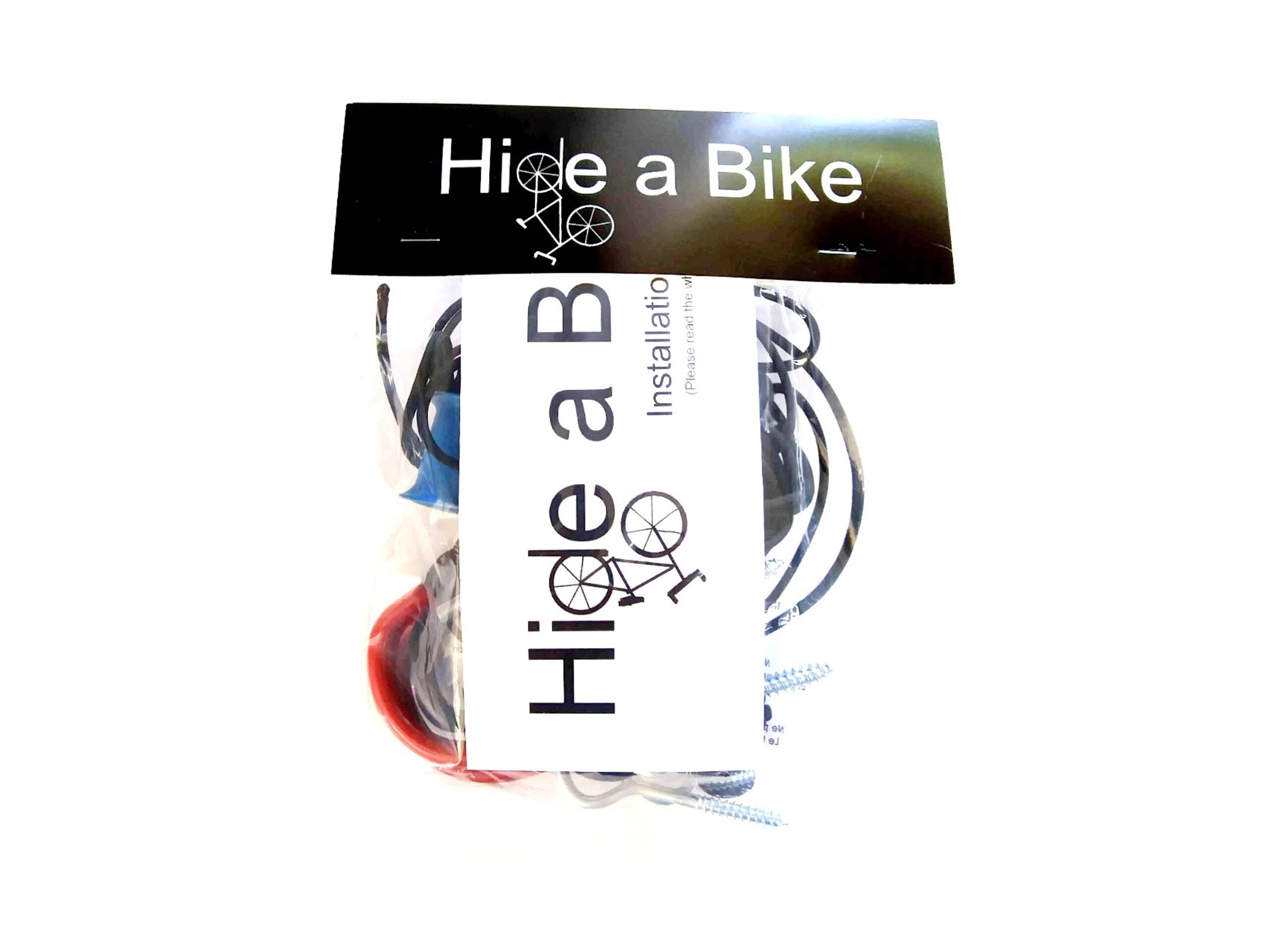
Hide A Bike Kit
Is your garage starting to become a mess? Save space by storing your bikes flat against the ceiling.
Additional Security Measures
While choosing the right lock and using proper locking techniques are essential, there are additional security measures and accessories that can further bolster your bike’s protection:
1) Secondary Locks: Consider using multiple locks of different types. For example, combine a U-lock with a sturdy chain or cable lock. This makes it even more challenging for thieves to defeat your security.
2) Security Skewers: Invest in security skewers for your wheels and saddle. These specialized bolts require unique tools to remove, discouraging opportunistic thieves.
3) Bike Alarms: Bike alarms can alert you and others when someone tries to tamper with your bike. Some alarms emit loud sounds, while others send notifications to your smartphone.
4) GPS Trackers: GPS trackers can help you locate your bike if it’s stolen. Many models are discreetly hidden on the bike and provide real-time tracking information.
5) Frame Bags: Consider using a frame bag to hide your lock and keep it away from prying eyes. This can prevent thieves from easily assessing the quality of your lock.
6) Bike Covers: A bike cover can deter thieves by concealing your bike’s make and model. It also protects your bike from the elements.
7) Register Your Bike: Register your bike with local authorities or bike registration services. This can help in recovery efforts if your bike is stolen and later found.
8) Security Cameras: If possible, park your bike within view of security cameras. Thieves are less likely to target an area where they might be recorded.
By combining these additional security measures with a well-chosen lock and proper locking techniques, you create multiple layers of defense against bike theft. Remember that the more challenging you make it for thieves, the less likely they are to target your bike. In the next section, we’ll discuss practical tips for preventing bike theft in various scenarios, from public spaces to your own home.
Preventing Bicycle Theft
Protecting your bike doesn’t end with choosing the right lock and employing security measures; you also need to consider where and how you park your bike. Here are practical tips for preventing bike theft in various scenarios:
1) Public Spaces: When parking in public spaces, always choose well-lit and highly visible areas.Look for designated bike racks or bike-sharing stations, which are usually more secure than random objects like poles or trees. Avoid locking your bike in isolated or concealed spots, as thieves prefer hidden areas.
2) At Work or School: If your workplace or school provides a secure bike storage area, use it. If not, request that they install bike racks or designate a secure parking area for bicycles.
3) At Home: Inside is always the safest place to store your bike. Use wall mounts, bike hangers, or racks to keep it off the ground and out of reach. If you must store it outside, use a cover and secure it with high-quality locks and additional security measures.
4) Transit Stops: When commuting via public transport, look for bike lockers or secure storage facilities provided by transit authorities. If unavailable, lock your bike at designated bike racks near transit stations.
5) Cafes and Restaurants: When making a pit stop, lock your bike securely, even if it’s just for a few minutes. Keep your bike within sight whenever possible while enjoying your meal or coffee.
6) Traveling: When traveling with your bike, use a folding lock that’s easy to carry. Always lock your bike securely, even if you’re in unfamiliar surroundings.
7) Regular Maintenance: Check your locks regularly for signs of wear or damage. Replace them if necessary. Lubricate lock mechanisms to ensure smooth operation.
8) Educate Others: Encourage fellow cyclists to follow proper locking techniques and share information about bike security. Report suspicious activity or unattended bikes to local authorities.
By following these practical tips and being mindful of your surroundings, you can minimize the risk of bike theft and enjoy the peace of mind that your valuable ride is safe and secure. Remember that bike security is an ongoing effort that requires vigilance and the right tools for the job.

Hide-A-Bike Installation Guide
If you want to put together a Hide-A-Bike kit for yourself, just download these easy to follow, step-by-step directions, complete with a full hardware and parts list.
Conclusion
Mastering the art of bike locking is not just about securing your bicycle; it’s about preserving your freedom to explore the world on two wheels. We’ve covered the importance of choosing the right lock, employing proper locking techniques, and enhancing security with additional measures.
Remember that no lock is entirely foolproof, but by being proactive and diligent in your approach to bike security, you can significantly reduce the risk of theft. Whether you’re a casual rider or a dedicated cyclist, the peace of mind that comes from knowing your bike is safe is worth the effort. Happy riding!
Share This Article With A Friend
Did You Read This Whole Article?
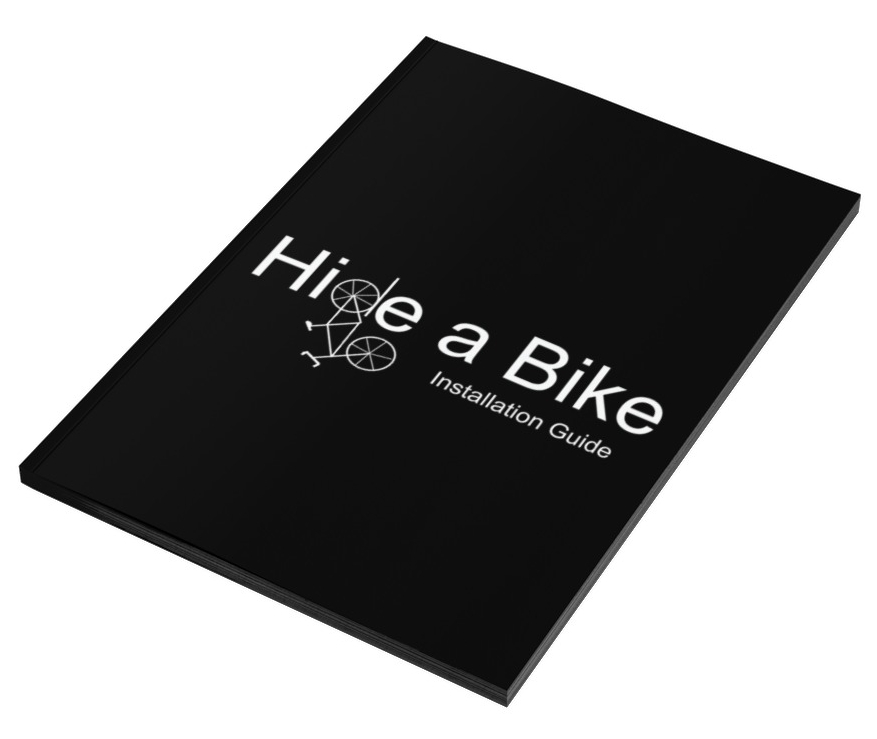
You deserve a gift! Enter your email to receive a FREE copy of the Hide-A-Bike Installation Guide! And once a month we will send you a newsletter with the best deals on the internet for bicycle gear and accessories.
About Hide A Bike

Save space by keeping your bike flat against the ceiling with the original easy and convenient bicycle storage solution.
Thank You For Visiting!

You deserve a gift! Enter your email to receive a FREE copy of the Hide-A-Bike Installation guide. And once a month we will send you a newsletter with links to our best finds on bicycle gear and accessories.
Share This Article:
Most Popular Articles:
Article Categories:
Related Articles:

Your Ultimate Guide To Cycling For Fitness Training

Wheels Of Change: The Role Of Bicycles For Social Justice


